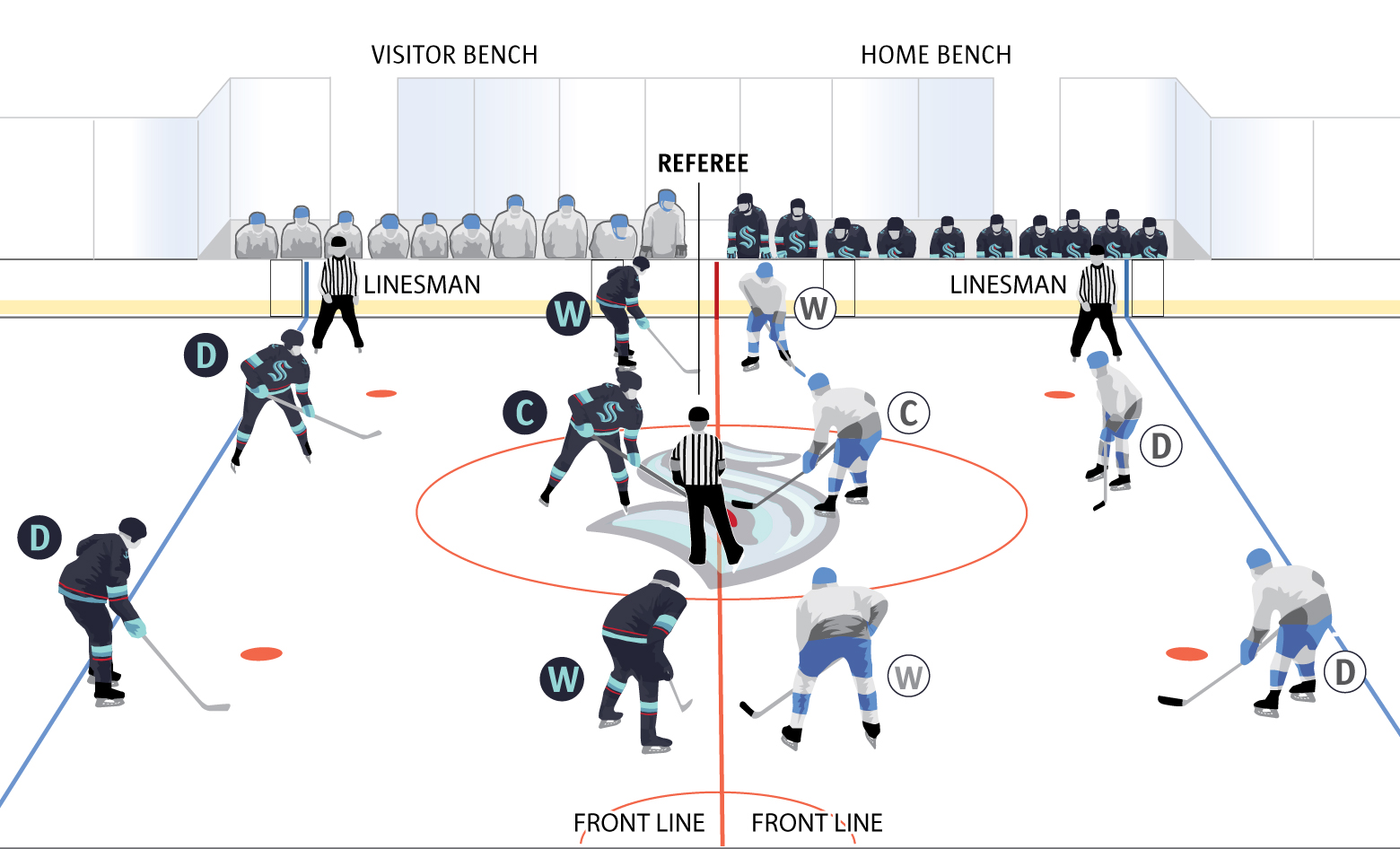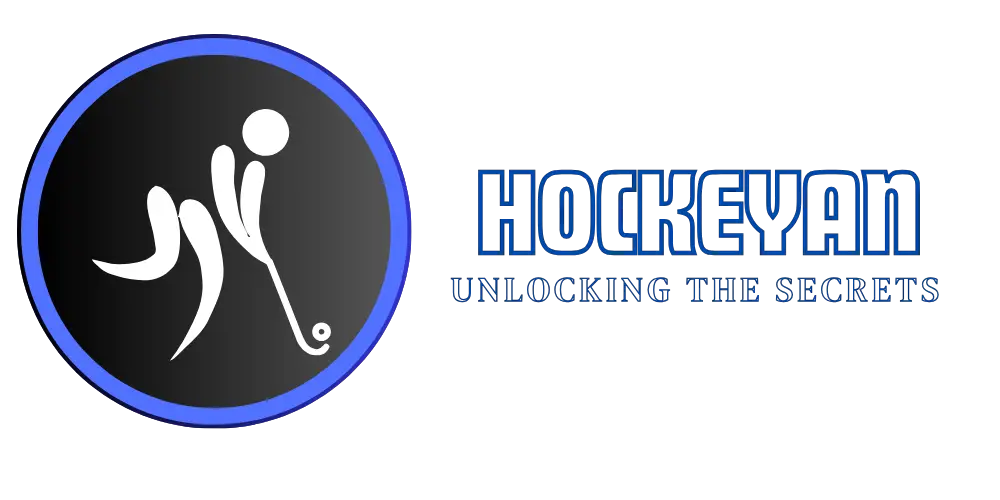A hockey team has 11 players on the field at one time. This includes ten outfield players and one goalkeeper.
Hockey is a popular sport enjoyed by many around the world. Understanding the team structure can enhance your appreciation of the game. Each player has a specific role, contributing to the overall strategy. Knowing the number of players can help you follow the game better, whether you’re a new fan or a seasoned enthusiast.
In this blog post, we will delve into the composition of a hockey team, offering insights into each player’s role and responsibilities. Let’s explore the fascinating dynamics of a hockey team and what makes it an exciting sport to watch and play.
Credit: www.quora.com
Introduction To Hockey Team Composition
Understanding the composition of a hockey team can seem complex. Each player has a specific role and position. This makes the game both strategic and exciting. Let’s break down the basic structure and roles within a hockey team.
Basic Team Structure
A standard hockey team has six players on the ice. This includes five skaters and one goalie. The five skaters are divided into three forwards and two defensemen. Each player has a unique role that contributes to the team’s performance.
Roles And Positions
The goalie is the last line of defense. They stop the puck from entering the net. Forwards focus on scoring goals. They play in the offensive zone. There are three types of forwards: center, left wing, and right wing. The center plays both offense and defense. They take face-offs and cover more ice.
Defensemen protect their goal. They stop the opposing team from scoring. There are two defensemen: left defenseman and right defenseman. They stay back and guard the defensive zone. They also help move the puck up the ice.
Each position is crucial. Every player must understand their role. This ensures a well-coordinated team effort. With this knowledge, you can better appreciate the game’s strategy and excitement.

Credit: www.britannica.com
On-ice Team Members
Understanding the roles of on-ice team members in hockey is essential. Each player has a unique position and responsibility. Knowing these roles helps fans appreciate the game more. Let’s dive into the different positions on a hockey team.
Forwards
Forwards are the main attackers on the team. Their primary job is to score goals. The forward line consists of three players: left wing, center, and right wing. Each has specific duties on the ice. The center controls face-offs and creates scoring opportunities. The wingers assist the center and aim to score from the sides.
Defensemen
Defensemen focus on stopping the opposing team from scoring. They play a crucial role in protecting their goaltender. Defensemen also help start attacks from the defensive zone. There are two defensemen on the ice at all times. One stays back to guard the net while the other supports the forwards.
Goaltender
The goaltender, or goalie, is the last line of defense. Their main job is to stop the puck from entering the net. Goaltenders use their quick reflexes and positioning to block shots. They wear special equipment for protection. A skilled goaltender can be the difference between winning and losing a game.
Off-ice Team Members
Hockey teams are composed of more than just the players on the ice. Behind every successful team is a dedicated group of off-ice members. These individuals play crucial roles in ensuring the team functions smoothly and performs at its best. Let’s dive into who these important team members are.
Coaching Staff
The coaching staff leads the team strategy and tactics. They design training programs, plan game strategies, and provide feedback to players. Head coaches make crucial decisions during games. Assistant coaches focus on specific areas like defense, offense, or special teams. Their guidance is vital for player development and team success.
Support Staff
The support staff includes various roles essential for the team’s daily operations. Athletic trainers help players stay in peak physical condition. They provide injury prevention and rehabilitation. Equipment managers ensure players have all the necessary gear. They maintain and repair equipment as needed. Team doctors and physiotherapists handle medical concerns. They work to keep players healthy and fit for the game.
Behind every hockey team, there’s a dedicated off-ice team. Their hard work and expertise are key to the team’s performance.
Substitution Rules
Substitution rules in hockey allow teams to maintain a high level of play. Players can swap in and out of the game quickly. This helps keep the team fresh and ready for action. Knowing the rules can provide a strategic advantage.
Line Changes
In hockey, line changes are common. Players swap in and out during play. This is known as a “line change.” The coach usually decides the timing. Line changes keep players energized. They prevent fatigue and reduce the risk of injuries. Players must be careful during changes. Timing and coordination are key.
Special Teams
Special teams handle power plays and penalty kills. These are critical moments in the game. Power plays happen when the opposing team has a player in the penalty box. The team with more players is on the power play. They have a higher chance to score. Penalty kills occur when a team has fewer players. They must defend aggressively. Special teams require skilled players. These players train for these situations.
Youth And Amateur Hockey Teams
Many young players start their hockey journey in youth and amateur hockey teams. These teams offer a great way to learn the game, build skills, and have fun. The number of players on these teams can vary, based on age and league rules. Let’s dive into the details.
Team Size Variations
In youth hockey, the number of players on a team can change. For younger age groups, teams often have fewer players to ensure everyone gets more time on the ice. Here are some common team sizes:
- Under-8: 6 to 10 players
- Under-10: 10 to 15 players
- Under-12: 15 to 20 players
- Under-14 and above: 20 to 25 players
Smaller teams help young players stay engaged and active during games. They get more chances to touch the puck and participate in plays.
Developmental Differences
As players grow, so do the team sizes and the complexity of the game. Here are some key developmental differences:
| Age Group | Development Focus |
|---|---|
| Under-8 | Basic skating, puck control, and having fun |
| Under-10 | Team play, passing, and positioning |
| Under-12 | Advanced skills, game strategies, and teamwork |
| Under-14 and above | Competitive play, physical conditioning, and mental toughness |
At each level, coaches adjust their training methods to match the players’ skills and understanding of the game. This ensures that each player develops at a pace that suits them best. Youth and amateur hockey teams provide a strong foundation for future success in the sport.

Credit: www.seattletimes.com
Frequently Asked Questions
How Many Players Are On A Hockey Team?
A hockey team has 6 players on the ice, including the goalie.
What Positions Are In A Hockey Team?
The positions are goalie, defensemen, and forwards. There are 2 defensemen and 3 forwards.
How Many Players Are On A Hockey Roster?
An NHL team roster can have up to 23 players, but only 20 dress for a game.
How Many Players Are On The Ice Per Team?
Each team has 6 players on the ice during regular play.
How Many Forwards Are On A Hockey Team?
There are 3 forwards on the ice: left wing, center, and right wing.
How Many Defensemen Are In A Hockey Team?
There are 2 defensemen on the ice, usually called left and right defense.
What Is The Role Of The Goalie?
The goalie’s job is to prevent the puck from entering the net.
Are There Substitutions In Hockey?
Yes, players can be substituted on the fly or during stoppages.
How Many Lines Does A Hockey Team Have?
Most teams have four lines of forwards and three pairs of defensemen.
Conclusion
A hockey team consists of six players on the ice. This includes one goalie, two defensemen, and three forwards. Each position plays a crucial role in the game. Understanding these roles helps you appreciate hockey more. Next time you watch a match, notice each player’s position.
This knowledge enhances your viewing experience. Hockey is thrilling, and knowing the team’s structure adds depth. Enjoy the game with a new perspective. Keep cheering for your favorite team!




